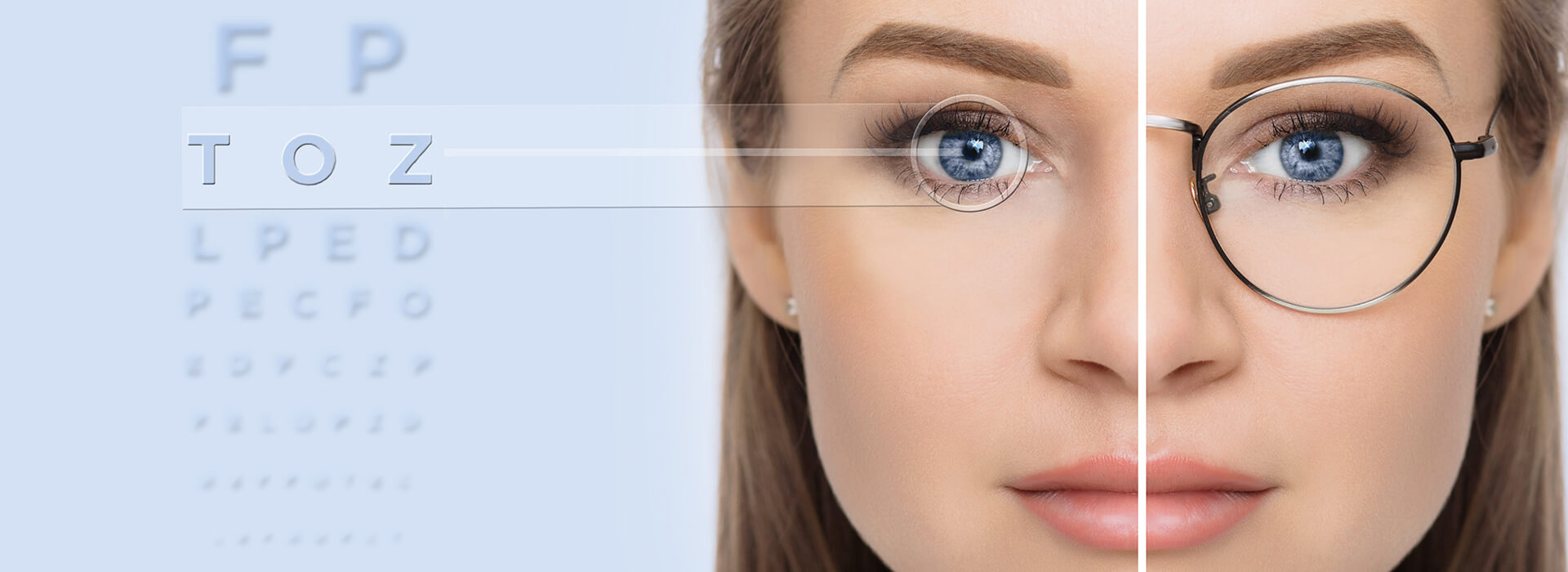30/01/2023
Types of Refractive surgeries:
Refractive surgery is an elective eye surgery that aims to correct the refractive errors of the eye and ultimately decrease or eliminate the need for spectacles or contact lenses. It can include various methods of surgical remodeling of the cornea, lens implantation or lens replacement.
- Corneal laser refractive surgery (photokeratomileusis) : We talk about corneal laser refractive surgery when we are referring to the group of surgical techniques that use a laser to modify the curvature of the cornea and correct the refractive errors of the eye. Currently, due to their proven safety and effectiveness, the most used techniques are:
- Femtosecond laser assisted laser in-situ keratomileusis ( femto-LASIK ): a femtosecond laser is used to create a flap in the center of the cornea, which is manually lifted by the surgeon and the corneal bed is carved with and excimer laser.
- Photorefractive keratectomy ( PRK ) : the outer layer of the cornea (epithelium) is manually removed, and the same excimer laser used for LASIK is used to carve the cornea. After the procedure, the epithelium grows back in 3-5 days.
- Small incision lenticule extraction ( SMILE ): a femtosecond laser is used to create a small, lens-shaped lenticule within the cornea that is manually removed through a small arc-shaped incision.
- Phakic intraocular lens (IOL) implants (ICL or IPCL): It entails the implantation of a lens inside your eye without removing your crystalline lens. This technique is mostly used in high myopia (nearsightedness), although it can be used to correct some degrees of hyperopia (farsightedness) and astigmatism, especially in cases that are not suitable for laser surgery. These lenses are made of a similar material as the common contact lenses. The lens is implanted inside your eye between the colored part (iris) and the crystalline lens through a very small incision (cut) on the cornea. The procedure is painless since it is performed under local anesthesia. Only one eye is done at a time to reduce the risk of complications, with usually the second eye done 1 week later.
- Clear crystalline lens extraction with IOL implantation: In older patients (above 50 years) or in cases of very high myopia that cannot be corrected with an ICL, the removal of the crystalline lens and implantation of an IOL may be an option. The surgery involves removing the patient’s own lens and replacing it with an IOL. The procedure is not painful since it is performed under local (injection of anesthesia around the eye) or topical (eye drops) anesthesia. There are two main types of IOL depending on whether we aim to correct vision for far (monofocal IOLs) or for all distances (multifocal). During the preoperative assessment your doctor will determine which type of lens you are a better candidate for.
The aim of these surgeries is to improve the lifestyle of the people going through any refractive conditions. However, the most suitable surgery for a patient can be decided only after having a detailed consultation with an Ophthalmologist and understanding the patient's history and needs. At Barraquer Eye Hospital we have the most experienced experts who can guide and give advice on the best way forward to lead a glass and lens free life.
Dr. Borja Salvador Culla - Consultant Ophthalmologist at Barraquer Eye Hospital, UAE
